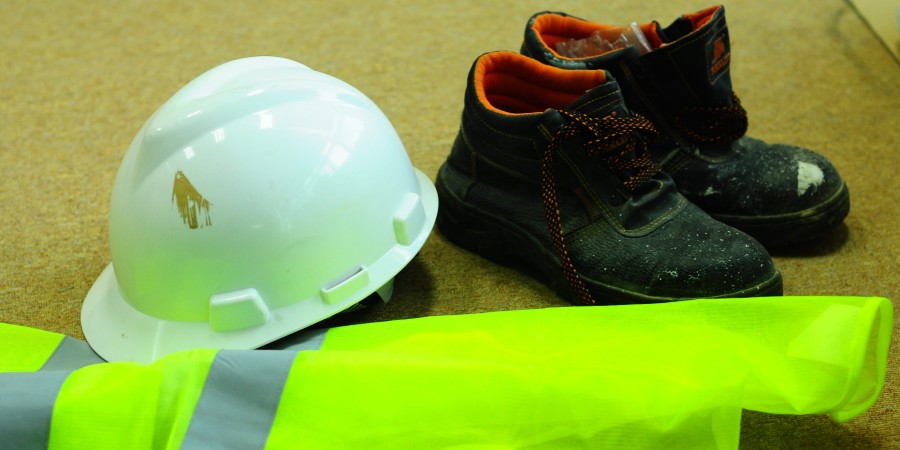Underlining data for overall workplace health and safety

As operational efficiencies increase, it becomes vital to match up with the soaring expectations of both businesses and consumers. With COVID-19 in picture, investing in technologies that allow safe return of employees to their homes becomes even more crucial.
Particularly in hi-tech warehouses and distributions centres, the use of safety statistics have proven to be useful when it comes to worker safety and injury prevention.
Helping them are the advanced equipment and controls that are adept at amassing data, a first step towards network connectivity – e.g. for improved safety at the loading dock, interlocking dock controls can be programmed to work in safe sequence of operations that can include motion-sensor activated audio and visual communication systems. As we know, there are smart watches that monitor workers’ exertion levels and body temperatures and intimate when either of them goes high. Similar is in case of hard-hats at construction sites – advanced ones can even gather data on working conditions such as equipment temperatures, dust, toxic substances etc.
With facility managers looking ways to proactively address safety issues, instead of mere reactions, data and real-time information is playing a part in forming immediate decisions that can monitor health and mitigate risks to the individual workers.
With IIOT (Industrial Internet of things), data can be applied across entire operations to go beyond heat stress and over exertion – there are dangerous interactions with heavy equipment such as tractors trailers, machinery, AGVs and forklifts at industrial facilities. Even plant exteriors and loading docks can be connected to interiors and freezer/cooler areas, thereby collecting a large safety data on a facility wide scale.
But there lies a difference in data collection and data usage. Since it can be difficult to distinguish what is useful and what is not, allowing users to drill into details and providing actionable insights becomes necessary in a best practice IIOT system.
Building a digital infrastructure
Even in absence of IIOT, a good safety digital partner can provide a platform that can help identify specific departmental activities with real-time data, like the reason of decreasing productivity and energy and time loss at sites that are creating potential for unsafe events and injuries. By correlating data points with the trends, digital systems can aid in corrective actions and improve safety points and safety behaviours – a much more efficient, reliable and lightened approach that simply making changes after an incident or enabling employees to ‘report’ an near-miss.
As an added advantage, the same data can influence organizational decisions at the time of new equipment and maintenance needs, potential training opportunities and process alterations.
Streamlined communication, enhanced productivity are some of the direct advantages. Such data-dependencies can ensure the physical, emotional and mental wellbeing of the employees, as workers can remain healthy, alert and active at the workplace. Integrating data into a workplace safety plan can give clarity on safety happenstances at worksites, and keep EHS professionals informed.
Even though safety is a state of mind, one should not forget that there are hazards building up at an on-going workplace which tend to be ignored when consistent monitoring is out-of-place.
Safety data and real-time information becomes a spine for the EHS activities – risks become identifiable and likelihood is reduced. Workers remain more aware of their certain movements, actions and behaviours while conducting their jobs. Capturing, centralizing and acting upon this information remains a first step in understanding the complete picture of an industrial facility.


